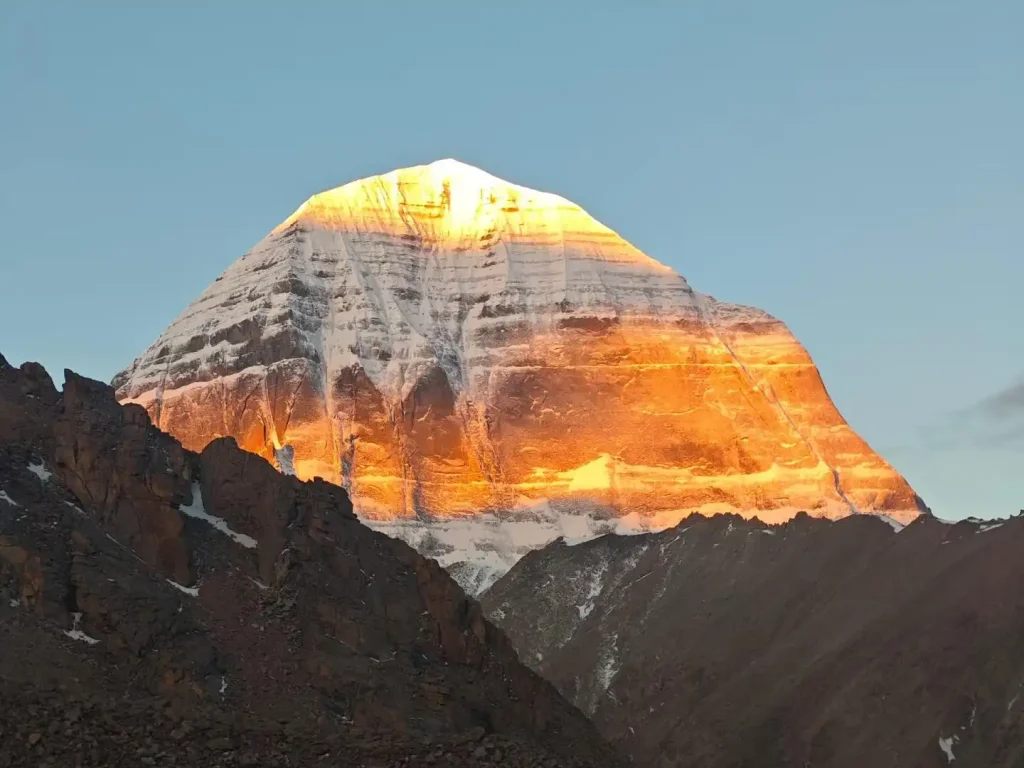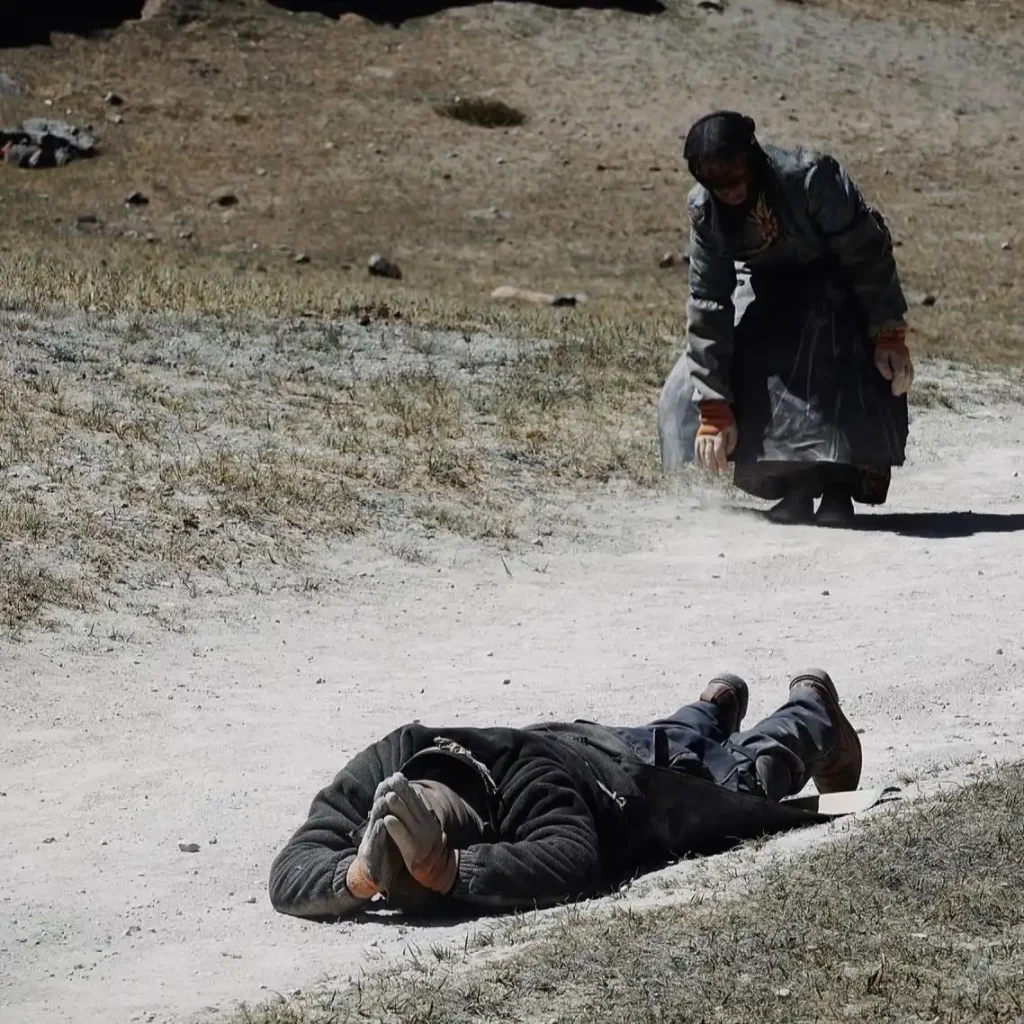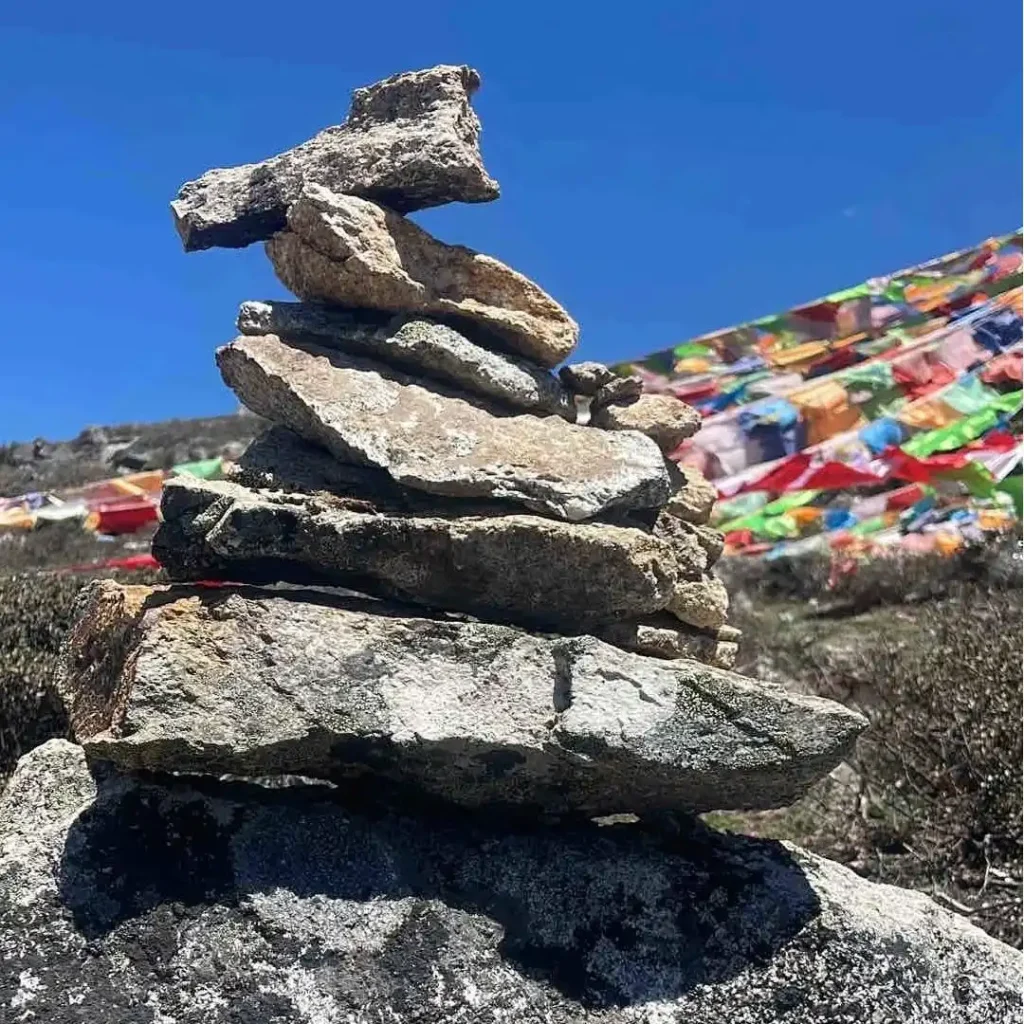
Sacred Mount Kailash: The Axis of Heaven and Earth

Introduction to Mount Kailash
Mount Kailash, known as Gang Rinpoche (“Precious Snow Jewel”) in Tibetan, rises majestically in the remote Ngari region of western Tibet. At an elevation of 6,638 meters (21,778 feet), it is not the tallest peak in the Himalayas, yet its symmetrical, snow-capped pyramid shape and spiritual aura make it one of the world’s most revered sacred sites. Unlike other mountains, Kailash has never been summited—not due to technical difficulty but out of respect for its sanctity. For millennia, it has drawn pilgrims, sages, and seekers from across Asia, embodying a timeless crossroads of faith, nature, and mystery.
The Pilgrimage to Mount Kailash
The Kailash Kora (circumambulation) is one of the world’s most arduous and transformative pilgrimages. Every year, thousands brave high altitudes, harsh weather, and rugged terrain to complete the 52-kilometer (32-mile) trek around the mountain. The journey typically takes three days, though devout Buddhists and Bonpo adherents often prostrate the entire route, requiring weeks.
- Symbolism of the Kora: Walking clockwise (Buddhists and Hindus) or counterclockwise (Bon followers), pilgrims mimic the path of the sun and the cyclical nature of existence. Each step is an act of humility, prayer, and detachment from worldly suffering.
- Sacred Sites Along the Route: The path passes landmarks like the Drolma La Pass (5,636 meters), where pilgrims honor the goddess Tara, and the Shiva Tsal, a valley where symbolic “death rituals” are performed to shed past lives. Stones carved with mantras, fluttering prayer flags, and the chants of Om Mani Padme Hum infuse the trail with devotion.
- Inner Kora: Advanced practitioners undertake the perilous Nandi Kora closer to the mountain’s base, reserved for those seeking deeper spiritual breakthroughs.


The Symbolism and Legends of Mani Stones
Mani stones are carved with the sacred mantra “Om Mani Padme Hum” (ཨོཾ་མ་ཎི་པ་དྨེ་ཧཱུྃ), a Buddhist invocation embodying compassion and enlightenment. When stacked along trails or near sacred sites like Mount Kailash, they serve multiple purposes:
Spiritual Accumulation
Each stone represents a prayer or intention. Pilgrims add stones to existing piles, believing this act accumulates merit, purifies negative karma, and honors the mountain’s deities.Protection and Guidance
Mani piles are seen as guardians against malevolent forces. They mark safe paths for travelers braving Kailash’s harsh terrain, symbolizing divine guidance on both physical and spiritual journeys.Unity with Nature
The stones, often collected from nearby rivers or valleys, reflect a harmony between humans and the sacred landscape. By altering the environment mindfully, pilgrims honor Kailash as a living entity.Eternal Impermanence
The transient nature of the mounds—constantly built, eroded, and rebuilt—mirrors Buddhist teachings on impermanence (anicca) and the cyclical nature of existence.
“Stone of Rebirth” at Mount Kailash
The Stone of Rebirth is believed to be a portal between life and death, serving as a spiritual threshold where souls transition to their next existence. Pilgrims circumambulate or touch the stone to cleanse negative karma accumulated over lifetimes. It is said to “cut” the cycle of suffering (samsara), aiding liberation (nirvana) by severing attachments to worldly illusions.
Tibetan Buddhists recount that Guru Padmasambhava (Guru Rinpoche), the 8th-century mystic, meditated at this stone to subdue malevolent spirits obstructing the path to enlightenment. He imbued it with a vow: “Whoever honors this stone shall be freed from the fear of death.”
Folklore tells of a humble shepherd who died near Kailash and encountered the stone in the Bardo. Guided by its radiant light, he recalled his past misdeeds, repented, and was reborn as a sage. The stone is now seen as a beacon for lost souls seeking redemption.
Today, the Stone of Rebirth remains integral to the Kailash kora (circumambulation).

Praying by Hanging Prayer Flags on the Sacred Mount Kailash
At Dolma La Pass, 5,600 Meters Above Sea Level, Every Gust of Wind is a Prayer to the Divine. Contact Us Now—We Will Inscribe Your Name and Intentions on Prayer Flags, Hang Them at Dolma La Pass, and Pray on Your Behalf. We Will Capture This Holy Ritual on Video for You.
 FateKarma
FateKarma






